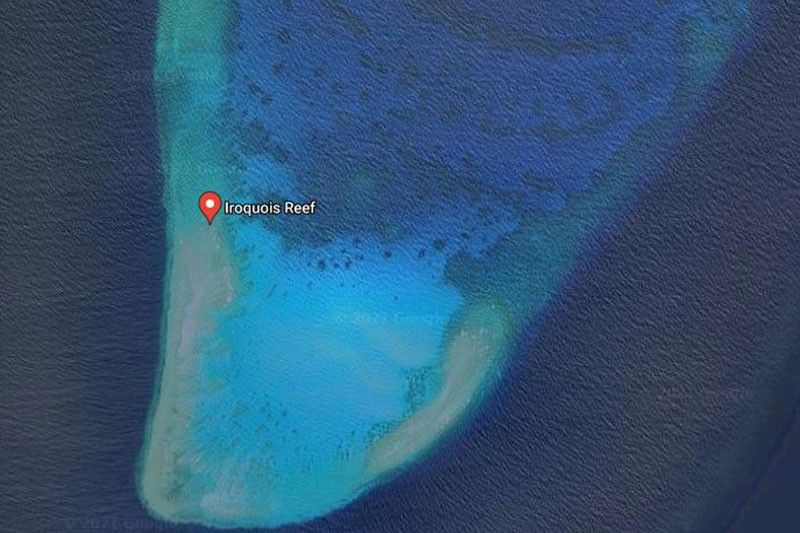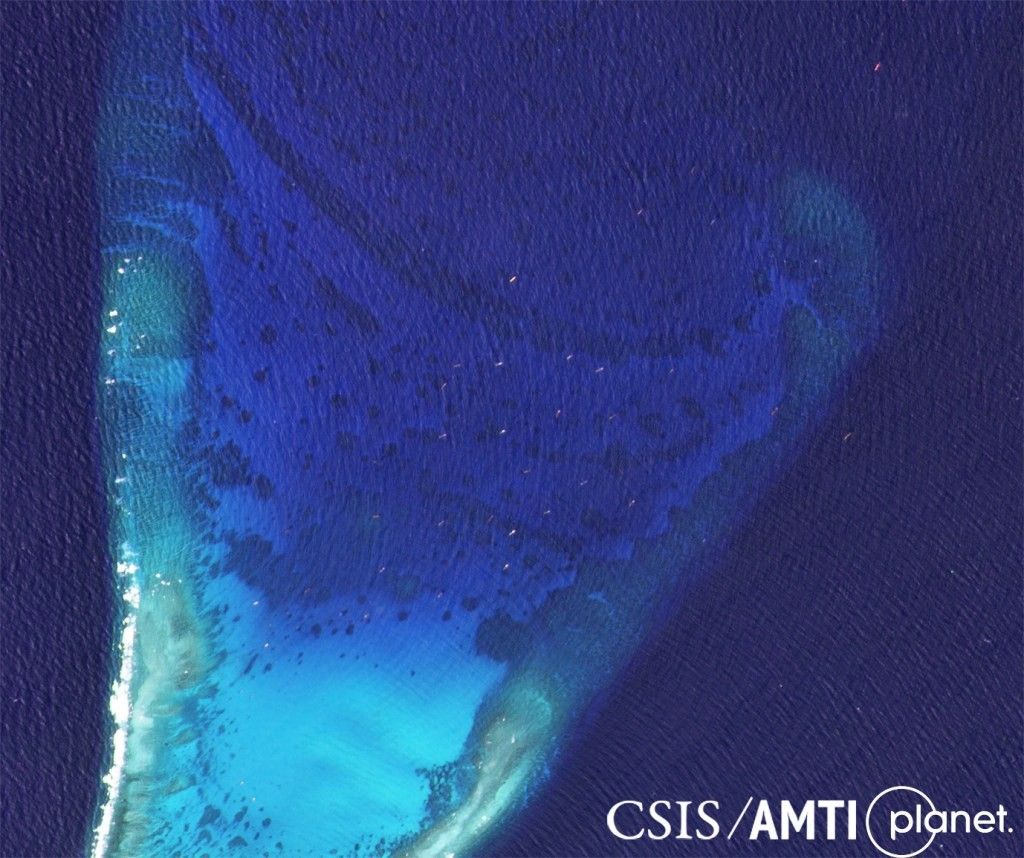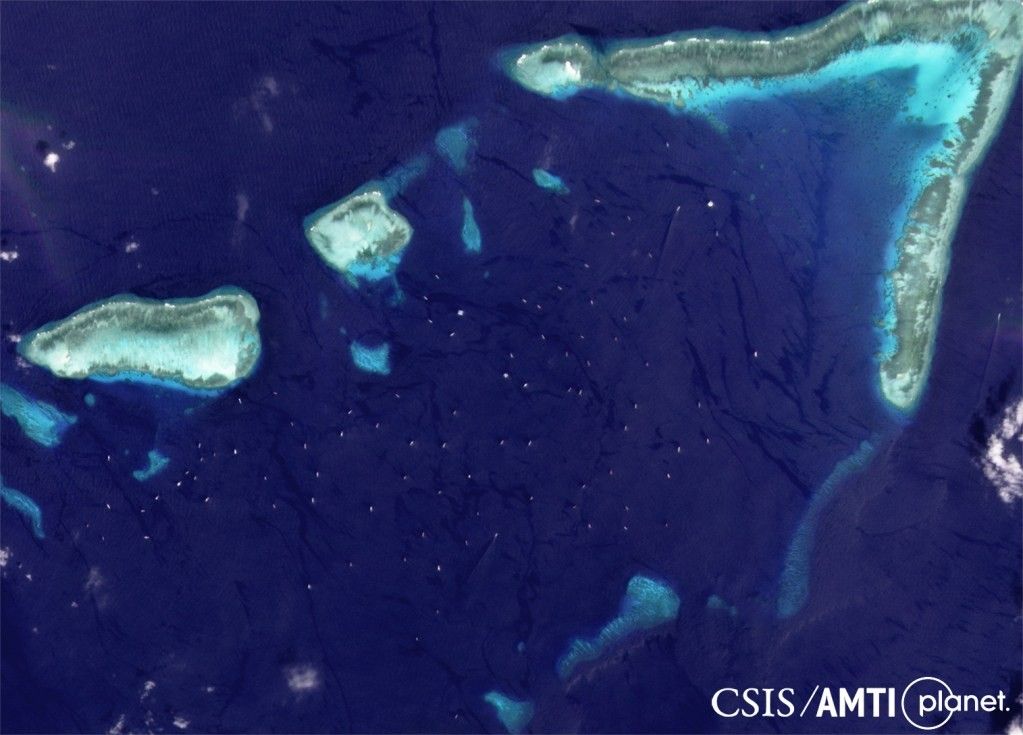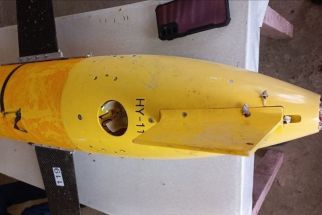Chinese ships in WPS just move elsewhere in Philippine EEZ when challenged — think tank

MANILA, Philippines — Chinese ships seen in areas of the Philippines' exclusive economic zone (EEZ) only to relocate when called out is "evidence of [their] shell game in the Spratly Islands," a Washington-based think tank said in a new report released Monday.
This comes after satellite imagery found that over 150 vessels were anchored in the Pagkakaisa (Union) Banks within the EEZ on October 17, after only a handful were present months before on August 8.
In its report, the Asia Maritime Transparency Initiative tracked the "there and back again" movement of Chinese vessels in the Philippine EEZ and said that the continued presence of Chinese militia in the country's waters remains constant even when the number of ships decreases.
When engaged in a radio challenge by Philippine authorities or in diplomatic protests by the government, they said, Chinese vessels disperse and then amass again somewhere else in Philippine waters.
Satellite images included in the report show that the number of ships at Iroquois Reef has fallen since the Philippine protest, but it "also suggests that many of those vessels likely headed back to Union Banks," where numbers are now steadily picking back up to the levels seen earlier in March.
"When international outcry or patrols by other claimants convince them to leave a disputed feature, they disperse to nearby reefs for a time. But their overall numbers in the Spratlys remain consistent," the AMTI said.
"As was apparent in the aftermath of the mass deployment at Whitsun Reef, Chinese vessels leaving one contested area most often end up at another."

Timeline
To recall, the National Task Force for the West Philippine Sea reported in March that 220 Chinese fishing vessels, were spotted at Julian Felipe Reef.
Iroquois Reef is located at the southern end of Recto (Reed) Bank, an area northeast of the Spratly Islands thought to be rich in oil and gas.
AMTI in its report pointed to satellite imagery from Planet Labs that found that Chinese boats first arrived at Iroquois Reef in mid-April, suggesting that they came there right after the 200 massed at Whitsun Reef dispersed.
"The total number of ships at Iroquois seems to have remained low through early June, with no more than 5 ships visible on any date. But by June 15, the number had grown to 15, and would double to an average of 30 boats in late July. The average number of vessels fell back to 15 in August before rising again to 30 in late September," AMTI said.
The think tank added that it found no visible Automatic Identification System signals from the reef, saying "the mass deployment at Whitsun Reef showed that most Chinese militia vessels are equipped with weak, Class-B AIS transceivers that are rarely detected by satellite."
READ: Chinese ships spotted in Julian Felipe Reef now elsewhere in Philippine EEZ — report
More diplomatic protests likely
In his tweets on September 30, Foreign Affairs Secretary Teodoro Locsin directed his department to fire diplomatic protests over the "Chinese radio challenges unlawfully issued against Philippine maritime patrols," "incessant and unlawful restriction of Filipino fishermen," and the continued presence of Chinese vessels in the vicinity of the Iroquois Reef.
"This may have had an impact as the number of ships at Iroquois has dropped significantly since. Thirty-five vessels were visible in satellite imagery from October 2 but only five were present by October 17," AMTI said.
"If this massing of militia vessels at Union Banks continues, more diplomatic protests are likely to follow."

— Franco Luna with reports from Patricia Lourdes Viray
- Latest
- Trending































